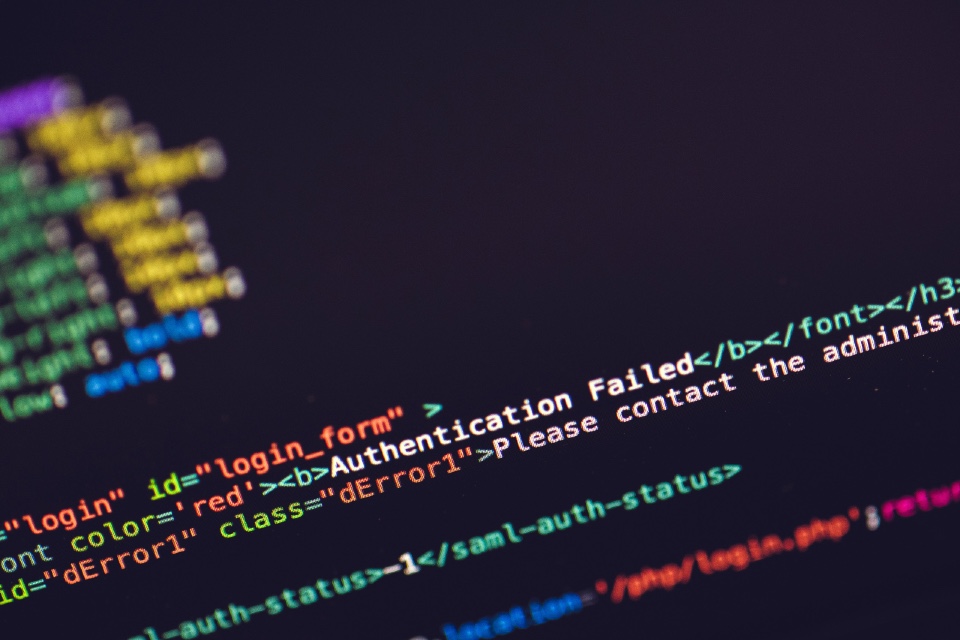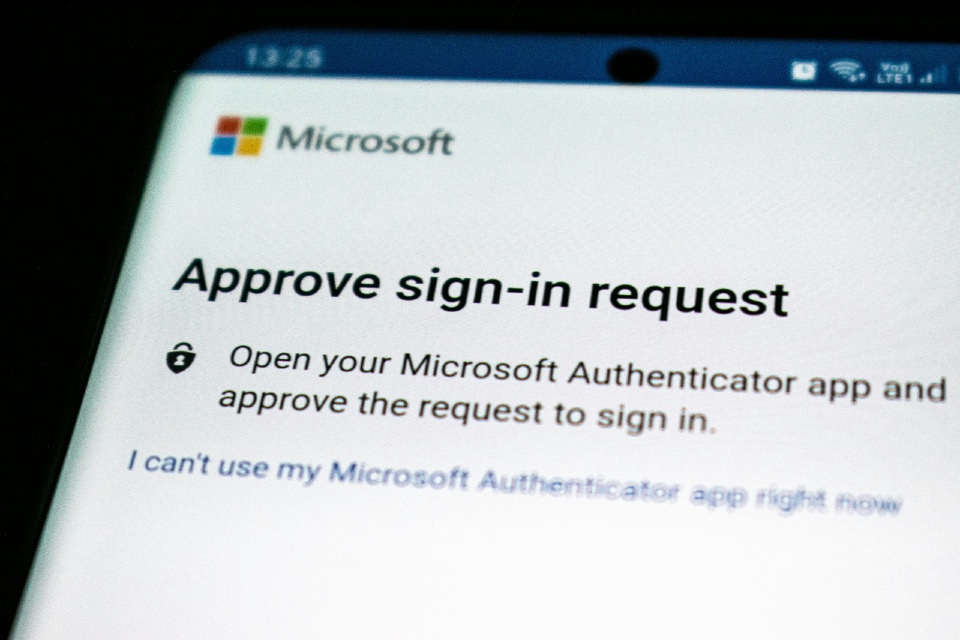MULTI-FACTOR AUTHENTICATION MONTH: Top tips for finding the best solutions to shield your tills
Multi-Factor Authentication (MFA) solutions offer an extra layer of security for anti-fraud professionals in retail, but navigating the landscape of providers can feel overwhelming. Fear not! Here are some top tips to help you source the best MFA solution for your retail organisation…
Understanding Your Fraud Landscape
- Fraud Types: Identify the most common types of fraud your organisation faces, such as account takeover (ATO) attempts, fraudulent online purchases, or chip and PIN scams. Tailor your MFA solution to address these specific threats.
- Customer Journey Analysis: Consider where in the customer journey MFA would be most beneficial. Will it be used for online account logins, high-value transactions, or staff access to sensitive systems?
- User Experience (UX) Considerations: MFA shouldn’t hinder legitimate customer transactions. Choose a solution with a user-friendly authentication process that minimizes disruption to your customers’ shopping experience.
Evaluating MFA Solution Providers
- Security Expertise: Seek providers with a proven track record in security solutions, particularly those specialising in retail fraud prevention. Look for industry certifications and accreditations.
- Authentication Methods: Consider the types of MFA methods offered by the provider. SMS verification, mobile app authentication, or hardware tokens each have their advantages and disadvantages.
- Integration Capabilities: Ensure the MFA solution integrates seamlessly with your existing retail management systems and payment processing platforms. Minimize disruption to your current workflows.
Beyond the Technology: Training and Support
- Staff Training: Investing in staff training on the new MFA solution is crucial. Ensure your team understands how it works and can effectively assist customers who encounter any issues.
- Customer Communication: Clearly communicate the implementation of MFA to your customers. Explain the benefits of enhanced security and address any potential concerns they might have.
- Ongoing Support: Choose a provider that offers reliable technical support to address any issues that might arise after implementation. Prompt and efficient support is key.
Popular MFA Solution Providers for UK Retail
The market offers a variety of MFA solutions. While not an exhaustive list, here are some options popular in UK retail:
- Duo Security: A well-established provider with a user-friendly platform offering various MFA methods, including push notifications and security keys.
- Microsoft Azure AD Multi-Factor Authentication: A good choice for retailers already invested in the Microsoft ecosystem. Offers seamless integration with other Microsoft products.
- Google Authenticator: A free and popular option offering time-based one-time passwords (OTP) generated through a mobile app. Security concerns around potential phone loss exist.
- RSA SecurID: A leading provider offering hardware tokens and mobile app authentication, ideal for high-security environments.
- Authy: A cloud-based MFA solution offering push notifications, mobile app authentication, and a user-friendly interface.
Building a Secure Future for Retail
By following these top tips and exploring the popular MFA solution providers, you can make an informed decision and implement a solution that effectively safeguards your retail organisation against fraud. Remember, MFA is just one piece of the puzzle. Combine it with ongoing staff training, robust data security practices, and clear communication with your customers to build a robust defence against evolving fraud threats. Investing in a reliable MFA solution empowers you to protect your customers’ data, reduce financial losses, and ultimately, build trust and confidence in your brand.
Are you searching for Multi-factor Authentication solutions for your organisation? The Fraud Prevention Summit can help!
Photo by Austin Distel on Unsplash





